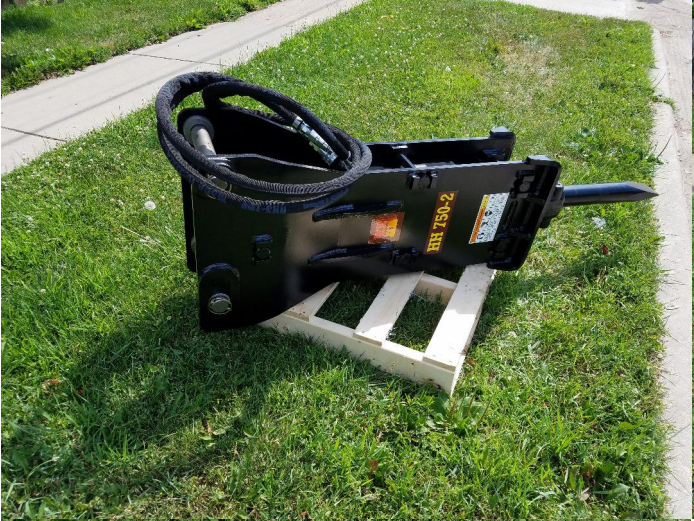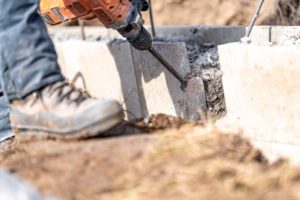Having the appropriate tools for the job is crucial when it comes to breaking rocks. Whether you’re in the construction, mining, or excavation industry, selecting the proper rock-breaking tool can significantly impact your efficiency and project success.
In this blog, we’ll guide you through the process of choosing the right rock-breaking tool to meet your specific needs.
Understand Your Rock Type
The first step in selecting a rock-breaking tool is to understand the type of rock you’ll be working with. Different rocks have varying hardness, density, and fracture properties. Softer rocks like sandstone or limestone may require less power, while harder rocks like granite or basalt demand more robust tools. Identify your rock type to narrow down your tool options.
Determine the Rock Size and Volume
Consider the size and volume of the rocks you need to break. If you’re dealing with large boulders or massive rock formations, you’ll require a powerful tool with high-impact energy. Smaller rocks or less extensive tasks may be suited to smaller, more portable tools. Knowing the size and volume of your rock-breaking needs will help you choose the right tool with the appropriate capacity.
Assess the Environmental Conditions
Environmental factors can also influence your choice of rock-breaking tools. If you’re working in a confined space or an area with strict noise regulations, you may need a quieter, more compact tool. In contrast, open mining or quarrying operations can accommodate larger, more powerful tools. Consider the environmental conditions to ensure that your chosen tool is both effective and compliant with local regulations.
Determine the Application and Method
The application and method you’ll use for rock breaking are crucial factors. Will you be excavating, trenching, or demolishing? Are you looking for a primary or secondary breaking tool? Different applications require specific tool configurations, such as hammers, breakers, or crushers. Select a tool that aligns with your intended application and method to achieve optimal results.
Evaluate the Tool’s Power Source
Rock-breaking tools can be powered by hydraulic, pneumatic, or electric systems. The choice of power source depends on your available resources and the mobility required for your project. Hydraulic systems are common for heavy-duty applications, while pneumatic tools are versatile and suitable for various settings. Electric tools are ideal for indoor or noise-sensitive environments.
Consider Maintenance and Support
Maintenance and support are often overlooked but critical aspects of tool selection. Ensure that the tool you choose is easy to maintain and repair. Additionally, check if the manufacturer or supplier offers adequate customer support, including spare parts availability and technical assistance. A reliable tool with accessible maintenance and support can save you time and money in the long run.
Wrapping Up
Selecting the right rock-breaking tool is essential to the success of your project. By understanding your rock type, assessing the size and volume of rocks, considering environmental conditions, determining the application and method, and evaluating the power source, you can make an informed decision.
At Rock Breakers INC, we offer a range of high-quality rock-breaking equipment, including hydraulic hammers, breakers, and attachments. Our tools are designed to meet the diverse needs of the construction, mining, and excavation industries. With our commitment to quality and customer satisfaction, we provide the tools and support you need to tackle your rock-breaking challenges efficiently and effectively.
Contact us today to explore our range of rock-breaking tools and find the perfect solution for your specific needs. We’re here to help you make your rock-breaking projects a success.


